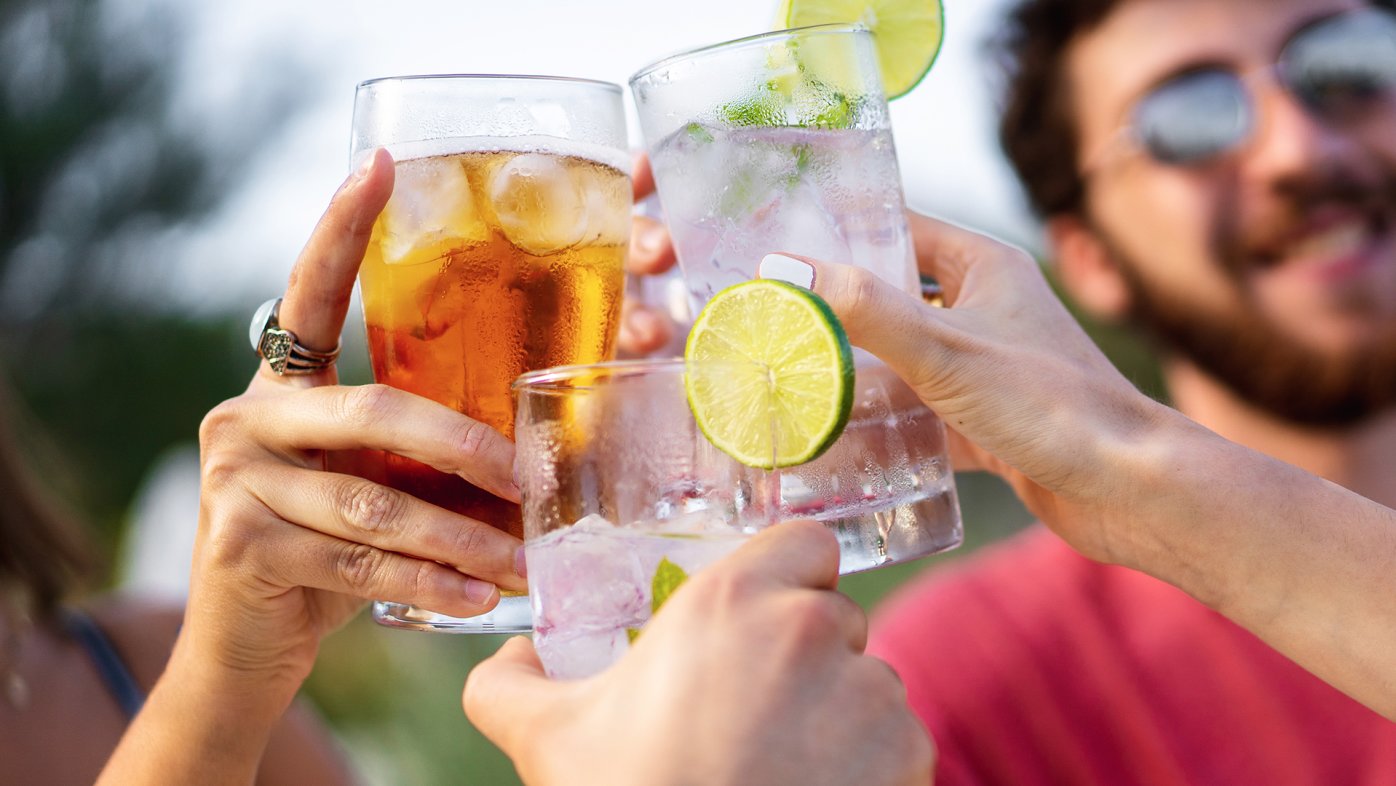
6 ways stopping drinking affects the body
From clearer skin to better sleep, skipping alcohol can improve your health in a multitude of ways.
You learn about your body — and its many parts — as a child, but some details are often left out. While most people can name each of their limbs and organs, there are a few additional body parts that are fun to know and may even be useful when it comes to discussing certain medical conditions with your doctor.
These body parts fall somewhere between a first grader’s and a med student’s anatomy vocabularies, but we think they are fun, need-to-know terms for all ages:
10 body parts with funny names, from head to toe
Glabella — This smooth, flat area between your eyebrows and directly above your nose can be pinched to determine if you are dehydrated — the pinched skin would remain extended, if so.
Philtrum — This is the groove found below your nose and above your top lip. It is where the two sides of your face meet and some believe it allows for a wide range of facial expressions and increased articulation of the mouth.
Uvula — The hanging, fleshy tissue in the back of your throat prevents foods and liquids from entering your nasal passages, helps your speech, and triggers the gag reflex to save you from choking on large items.
Frenulum — This is a small fold of skin that anchors a movable part of the body. You can find two types under your tongue between your lips and gums, and from the base of your tongue to the floor of your mouth. Others are found in both male and female genitalia, and internally.
Pharynx — Commonly known as the throat, this is the tube that runs from your nose to the top of your esophagus. It plays a role in both digestion and respiration.
Axilla — Simply put, this is your armpit or underarm. It’s where vessels and nerves enter and leave your upper arm, and where several sweat glands exist.
Thorax — It may sound like the Lorax, but it is actually the area of your chest where your ribs are located. It protects your heart, lungs and many blood vessels.
Vulva — With a name occasionally — and unfortunately — confused with the uvula (see number 3 above), this body part is the outer part of female genitalia and protects a woman's sexual organs, urinary opening, vagina and the clitoris.
Coccyx — Commonly known as the tailbone, this small, triangular bone at the bottom of your spine looks like a bird’s beak. Several tendons, ligaments and muscles attach at this juncture, which helps you sit.
Hallux — This is your big toe, which helps you maintain balance and provides leverage when you push off the ground to walk, run or jump.
Our weekly email brings you the latest health tips, recipes and stories.